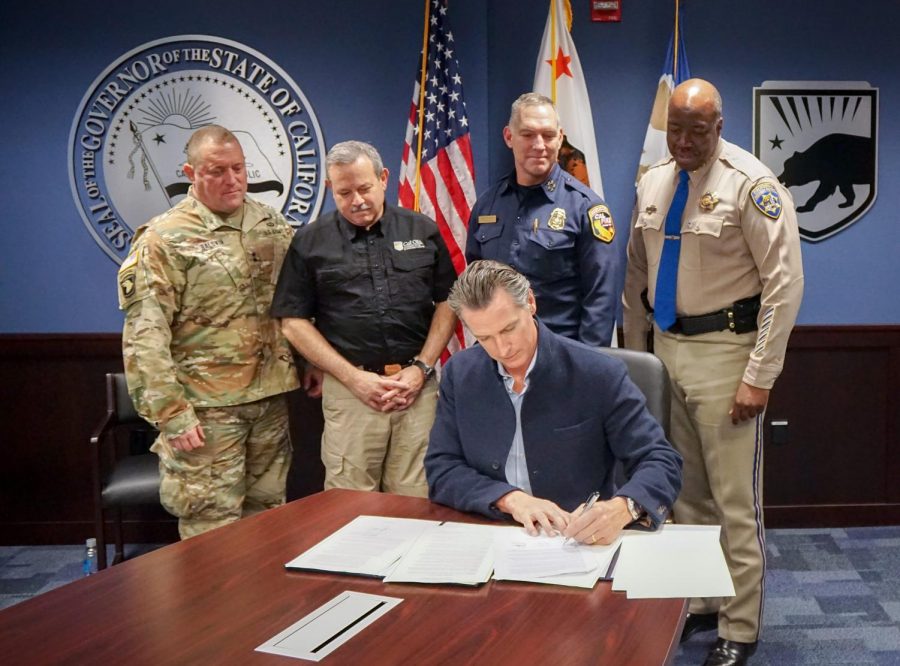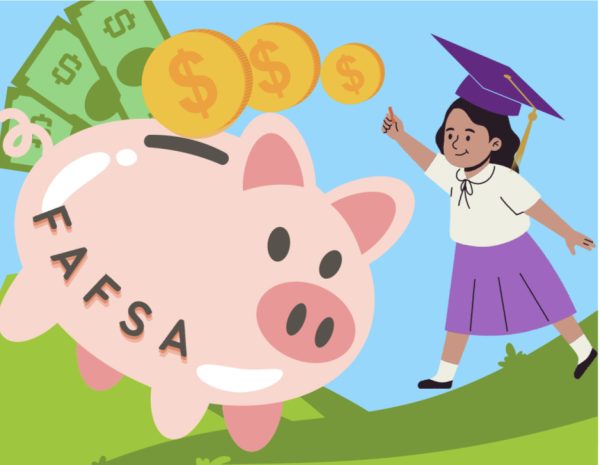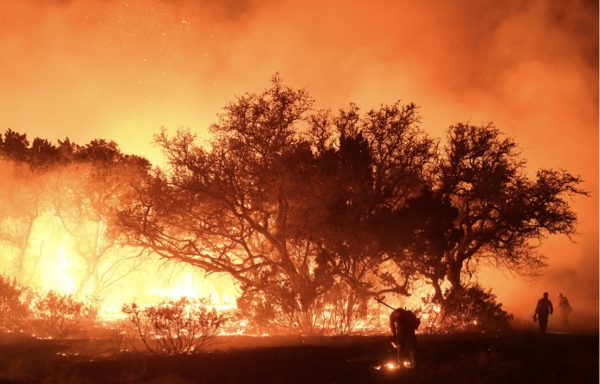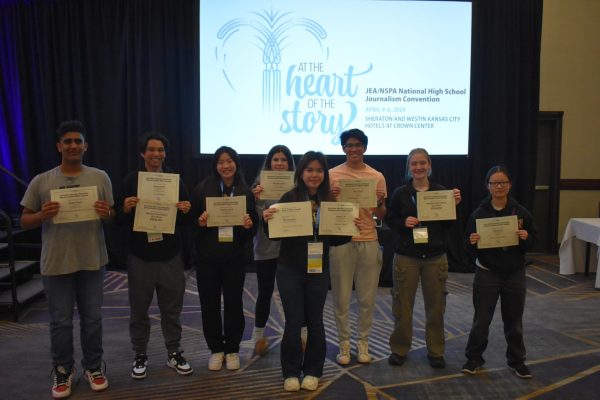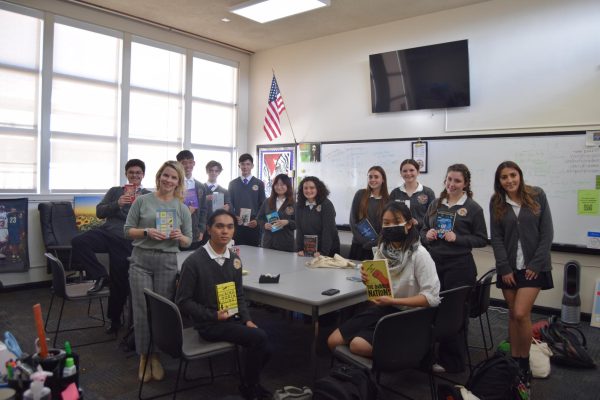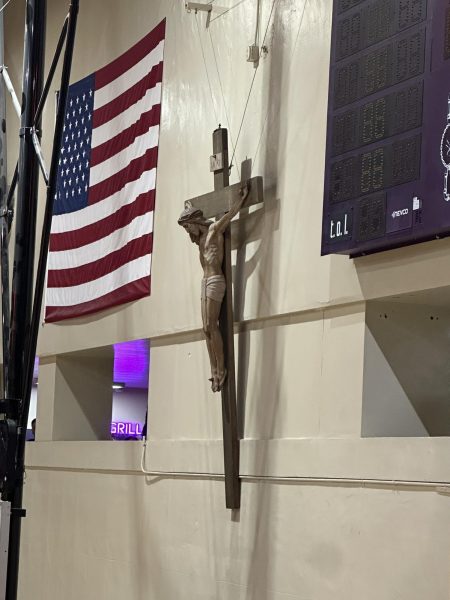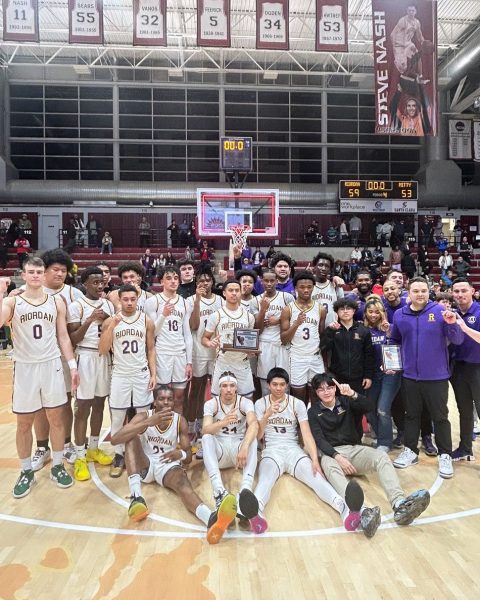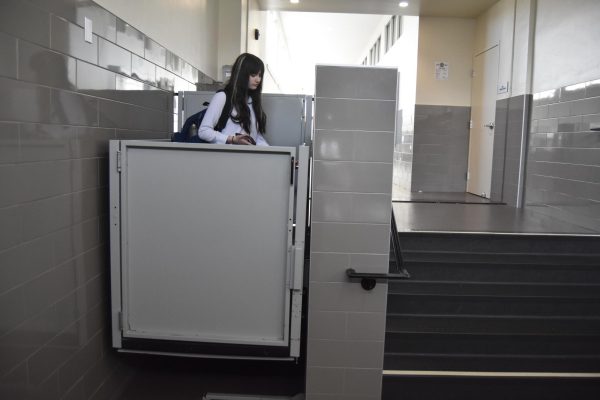Newsom navigates new job as governor
Gov. Gavin Newsom signed an executive order that will help prevent and fight California wildfires in the future.
March 29, 2019
On Nov. 6, 2018, Democrat Gavin Newsom beat out Republican John Cox in the race to become California’s next Governor.
The former San Francisco Mayor won by a margin of almost 3 million votes and received about 62 percent of the total vote, the biggest victory California has Seen since Republican Incumbent Earl Warren beat out Democrat James Roosevelt with about 64 percent of the vote.
The election was one out of 36 gubernatorial elections held that day, and California was one out of nine states to retain Democratic leadership. Newsom, the incumbent Lieutenant Governor and former San Francisco Mayor, succeeded Jerry Brown as governor. Brown could not run for re-election as he had reached his maximum term limit.
Some of Newsom’s politicalhighlights are allowing same-sexmarriage in San Francisco, leading the campaign for the legalization of recreational marijuana, and his successful push for the passing of proposition 64,which requires a background check on all ammunition purchases andbans large-capacity firearms.
History and Government teacher Jeff Isola ’98 addressed Newsom’s political history saying, “What’s concerned me about Gavin Newsom ever since he became mayor was his disregard for federal law when implementing his policies in San Francisco and California. Throughout his political career he has refused to respect federal authority.”
Newsom listed his top Newsom listed his top political priorities as education, development of the California economy (already ranked 5th in the world according to GDP,one spot ahead of the UK), and protecting the environment, a hot button issue due to the unprecedented destruction caused by recent wildfires.
These plans also include free community college, universal and single payer healthcare, and universal free preschool, which could cost the taxpayer hundreds of billions if put into effect.
Newsom has a rocky relationship with the President of the United States, Donald Trump. President Trump threatened to cut off some of California’s $116 billion in federal aid, stating reasons such as poor management of forests leading to wildfires, and California’s sanctuary policy.
While Newsom received endorsements from almost every major California newspaper and political figure, he did not receive one from President Trump, who endorsed his opponent John Cox.Despite this, Newsom has said he is willing to work with the president on some issues, and has praised him for his work on things like NAFTA (North American Free Trade Agreement),TPP (Trans Pacific Partnership), and his investments in infrastructure.
Newsom said to the San Diego Union-Tribune, “At the end of the day we’re all in this together. My intention is not to wake up every day attacking him, but I have no trepidation.”
Despite Newsom’s words, there are still bitter hostilities between the president and newly elected governor. These hostilities were especially escalated after Newsom announced in his State of the State address that California’s planned $77 billion high-speed rail would be scaled back.
The Trump administration subsequently announced that it would cancel $949 million in
future funding for the rail, and is demanding another $2.5 billion back that had already been spent on the rail. Newsom responded to the administration’s statement with one of his own, saying, “This is California’s money, and we are going to fight for it.”
Isola sighed, saying, “When it comes to projects like the bullet train, federal funding is provided through categorical grants.”Categorical grants are funds given by the United States Congress for specific purposes.“Once Congress has issued those funds, it is very hard to get them back.”


